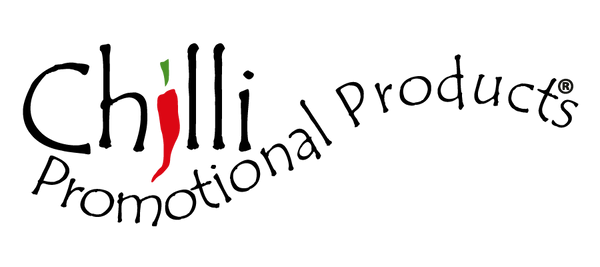Artwork guidelines
As with all printing, the end result is dependent on the quality of the artwork supplied. Therefore, it’s important that we get your artwork in the best format. In most cases this will be a vector EPS file but it does depend on the branding method being used for your order.
We have put together a brief guide below to help you select the right version of your logo, however if you are unsure if the artwork you have is suitable, or if you have any other queries, please ask – we will be glad to assist.
If necessary, we can get your artwork redrawn in the required format. A charge will be incurred for this which depends on the complexity of design but would be confirmed prior to commencing.
Vector EPS – the preferred format
This type of artwork can be used for the majority of branding processes and can be scaled to any size with no loss of quality. It allows each coloured part of the logo to be extracted and individually so it’s ideal for making screens. Vector artwork is the required format for screen printing, pad printing, debossing, and engraving. Vector EPS files can be easily edited at the pre-press stage of production, if required. Artwork can be saved or exported as a vector EPS file from the majority of graphic art applications, such as Adobe Illustrator, CorelDRAW, Adobe InDesign and QuarkXPress.
Your vector EPS file should include pantone colour references, all fonts should be converted to outlines. The majority of print processes and product types don’t allow for the reproduction of tints of a solid colour on branded merchandise. As such, any tinted areas of your artwork will need to be converted to a solid colour.
Rasterised – can be used for some processes
A rasterised image forms a series of information bits which translate into pixels or dpi. These pixels (or dpi) form single or multicolour points to create an overall image. This type of image can be difficult to edit. Rasterised images usually look smooth when viewed as a photograph or drawing, but when enlarged, pixels become apparent, and the image appears jagged and of poor quality.
This type of artwork can usually only be reproduced using heat transfer or digital print processes. High-resolution CMYK PDF, TIFF or JPEG images are required, with a resolution of at least 300dpi (dots per inch) at the size to be printed.
If you have any queries regarding your artwork, please email hello@chillipromotions.co.uk and we’d be happy to help.
